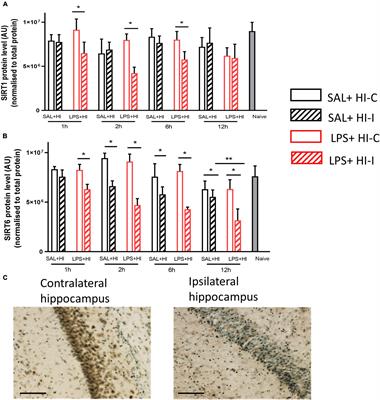EDITORIAL
Published on 13 Dec 2022
Editorial: Perinatal hypoxic-ischemic brain injury: Mechanisms, pathogenesis, and potential therapeutic strategies
doi 10.3389/fncel.2022.1086692
- 1,107 views
- 3 citations
4,895
Total downloads
23k
Total views and downloads
EDITORIAL
Published on 13 Dec 2022
REVIEW
Published on 10 May 2022
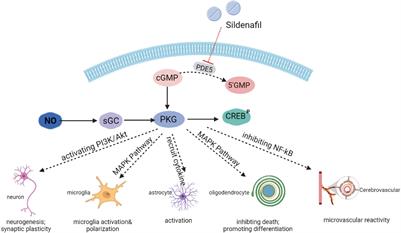
ORIGINAL RESEARCH
Published on 02 Mar 2022
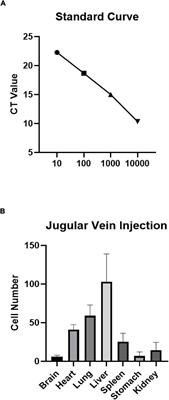
ORIGINAL RESEARCH
Published on 18 Feb 2022
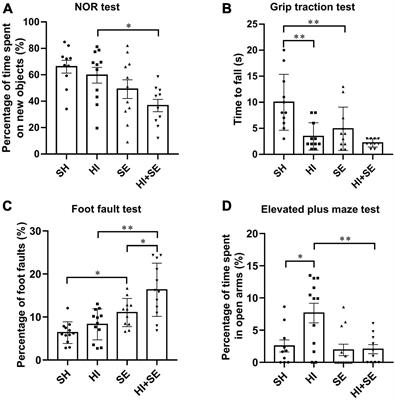
ORIGINAL RESEARCH
Published on 21 Dec 2021
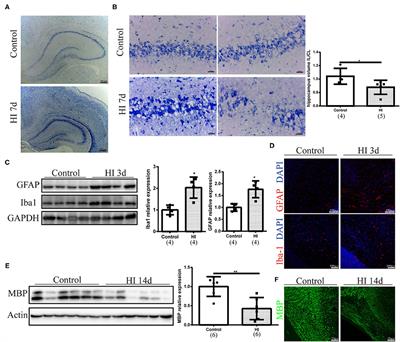
ORIGINAL RESEARCH
Published on 15 Nov 2021
